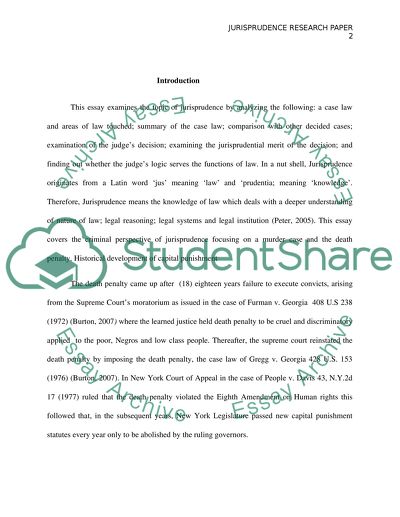Cite this document
(“Jurisprudence Research Project Paper Example | Topics and Well Written Essays - 1750 words”, n.d.)
Retrieved from https://studentshare.org/law/1595451-jurisprudence-research-project
Retrieved from https://studentshare.org/law/1595451-jurisprudence-research-project
(Jurisprudence Research Project Paper Example | Topics and Well Written Essays - 1750 Words)
https://studentshare.org/law/1595451-jurisprudence-research-project.
https://studentshare.org/law/1595451-jurisprudence-research-project.
“Jurisprudence Research Project Paper Example | Topics and Well Written Essays - 1750 Words”, n.d. https://studentshare.org/law/1595451-jurisprudence-research-project.


